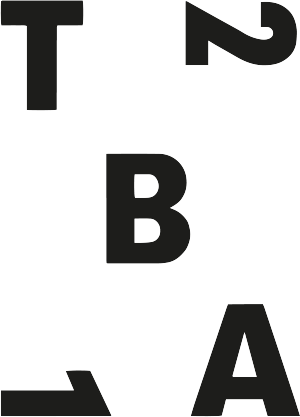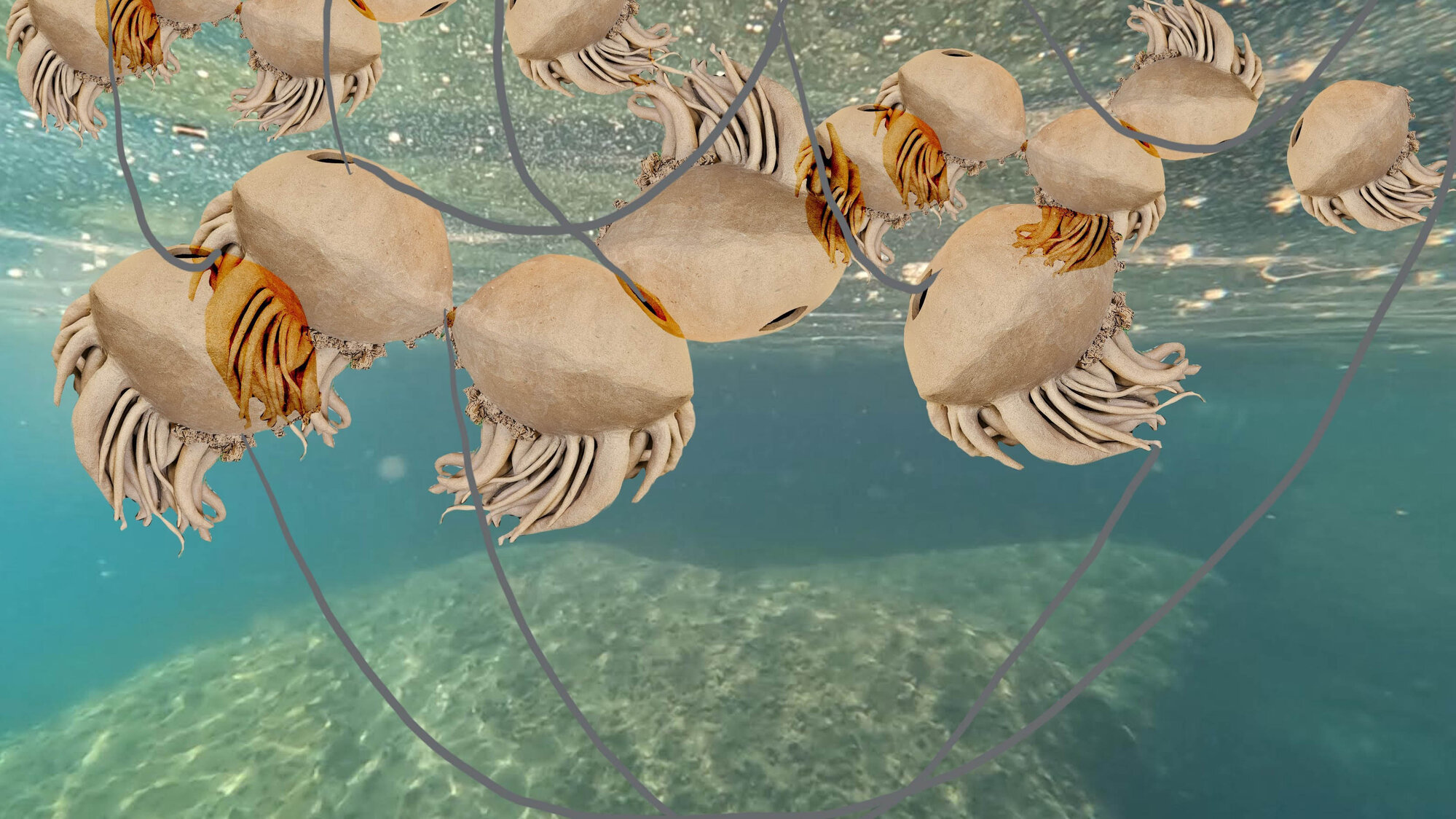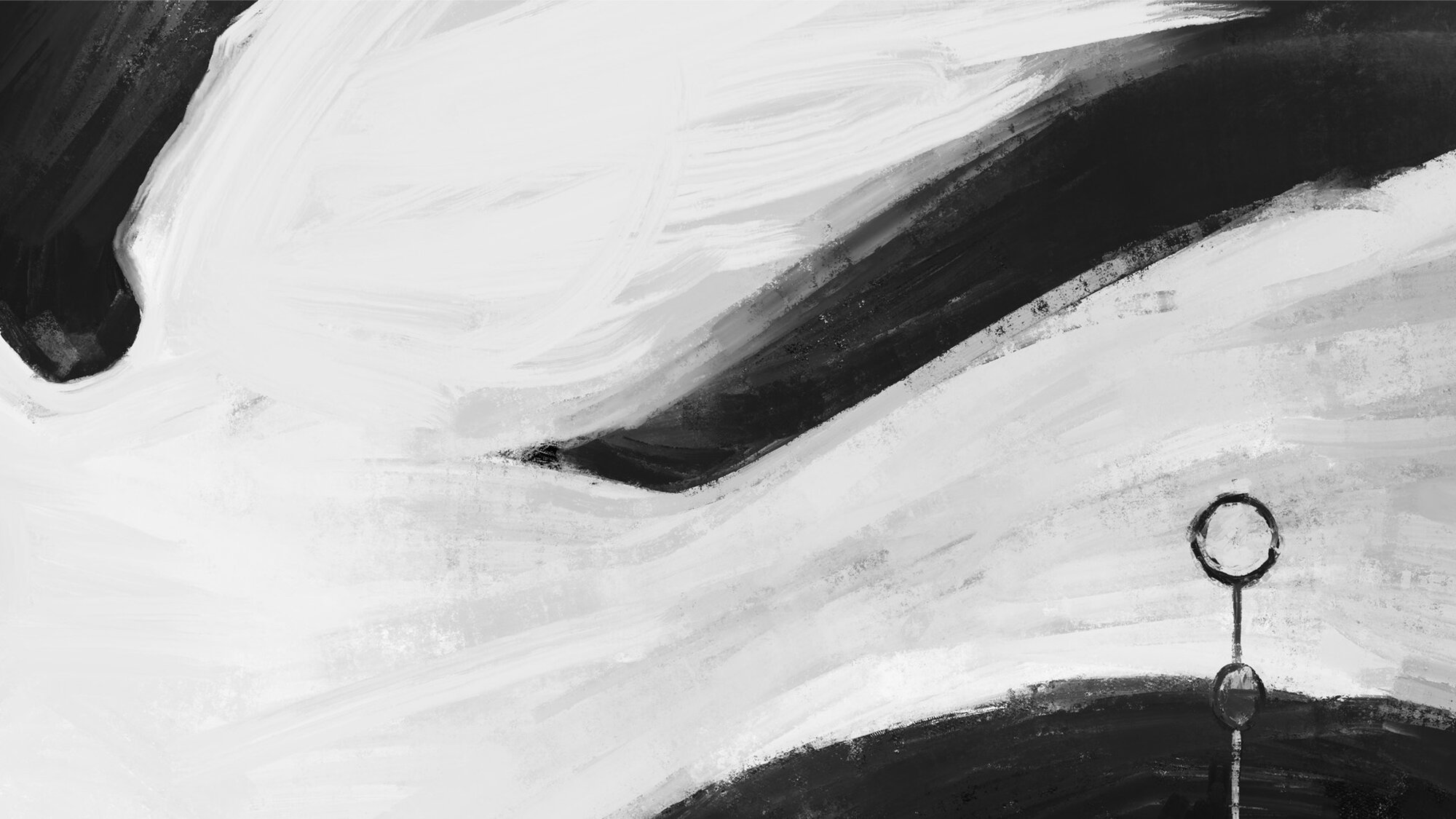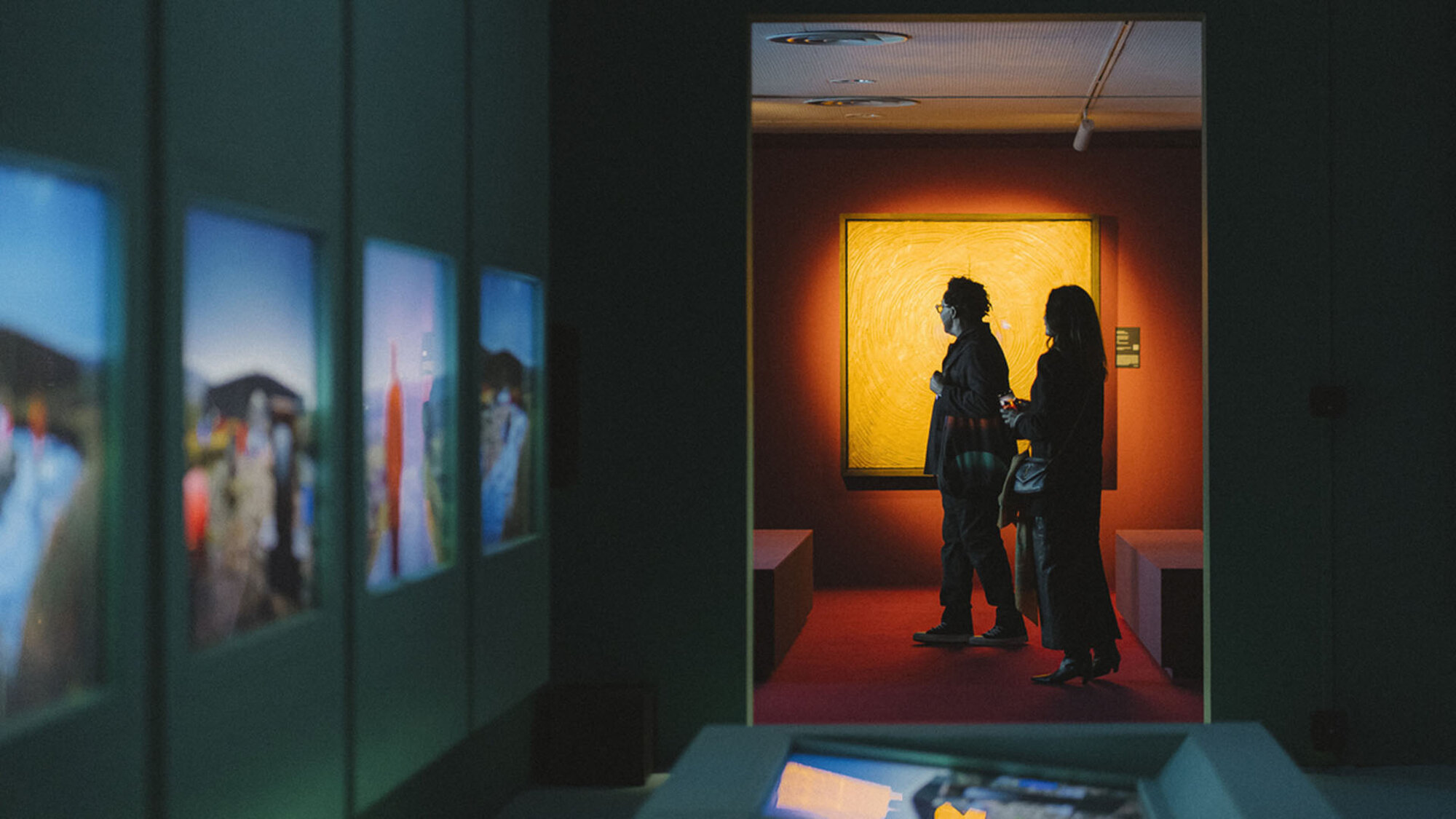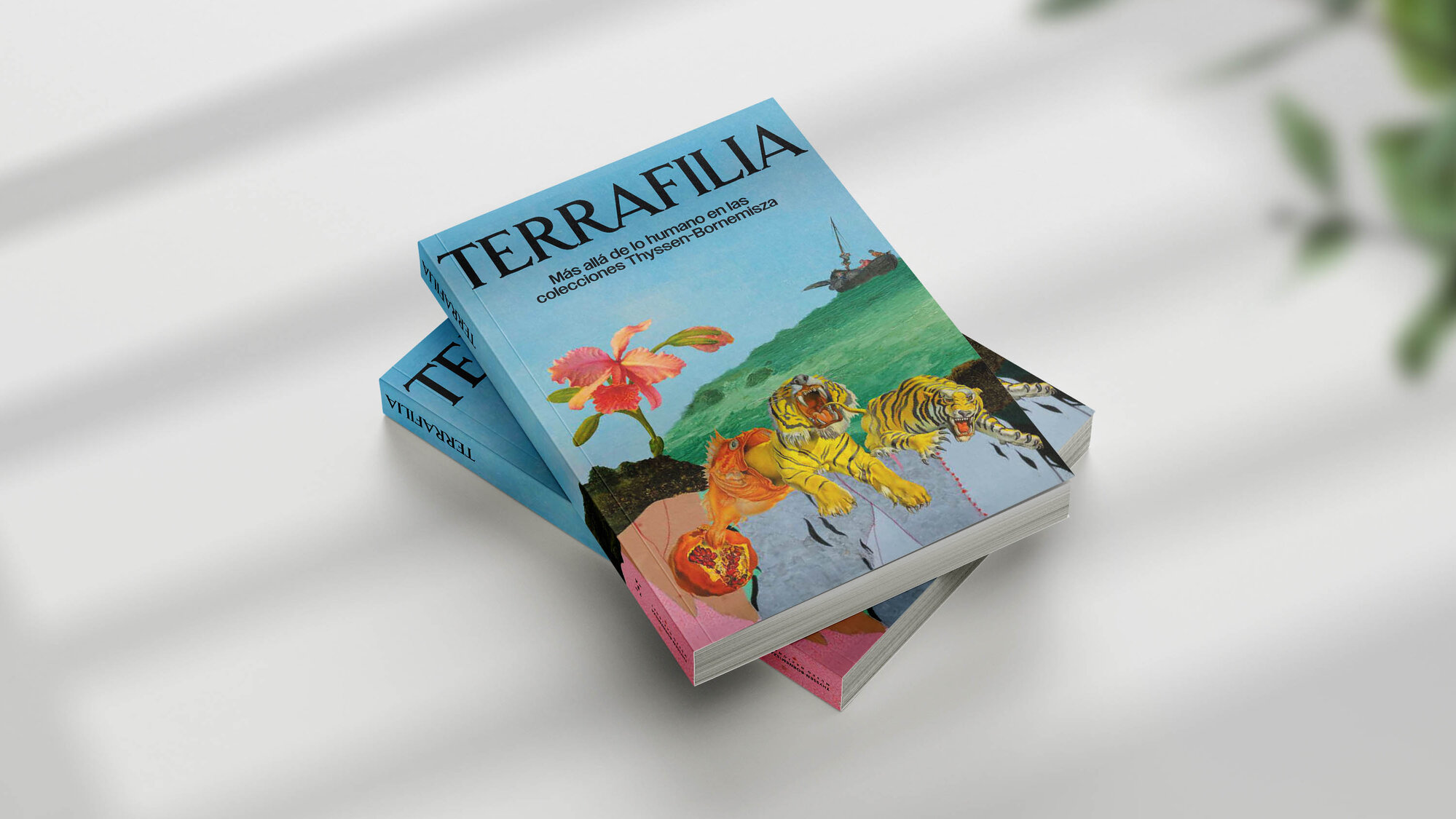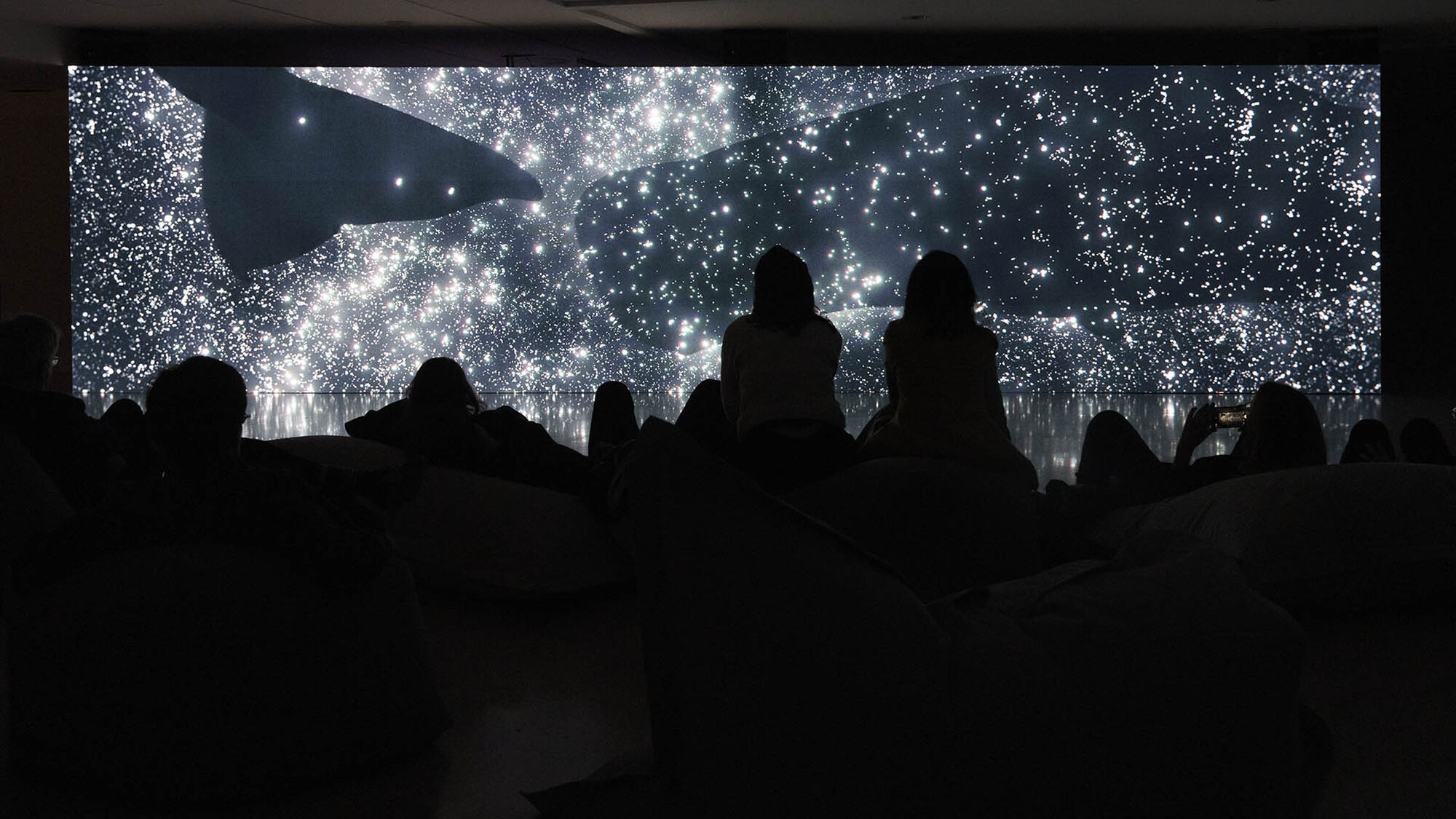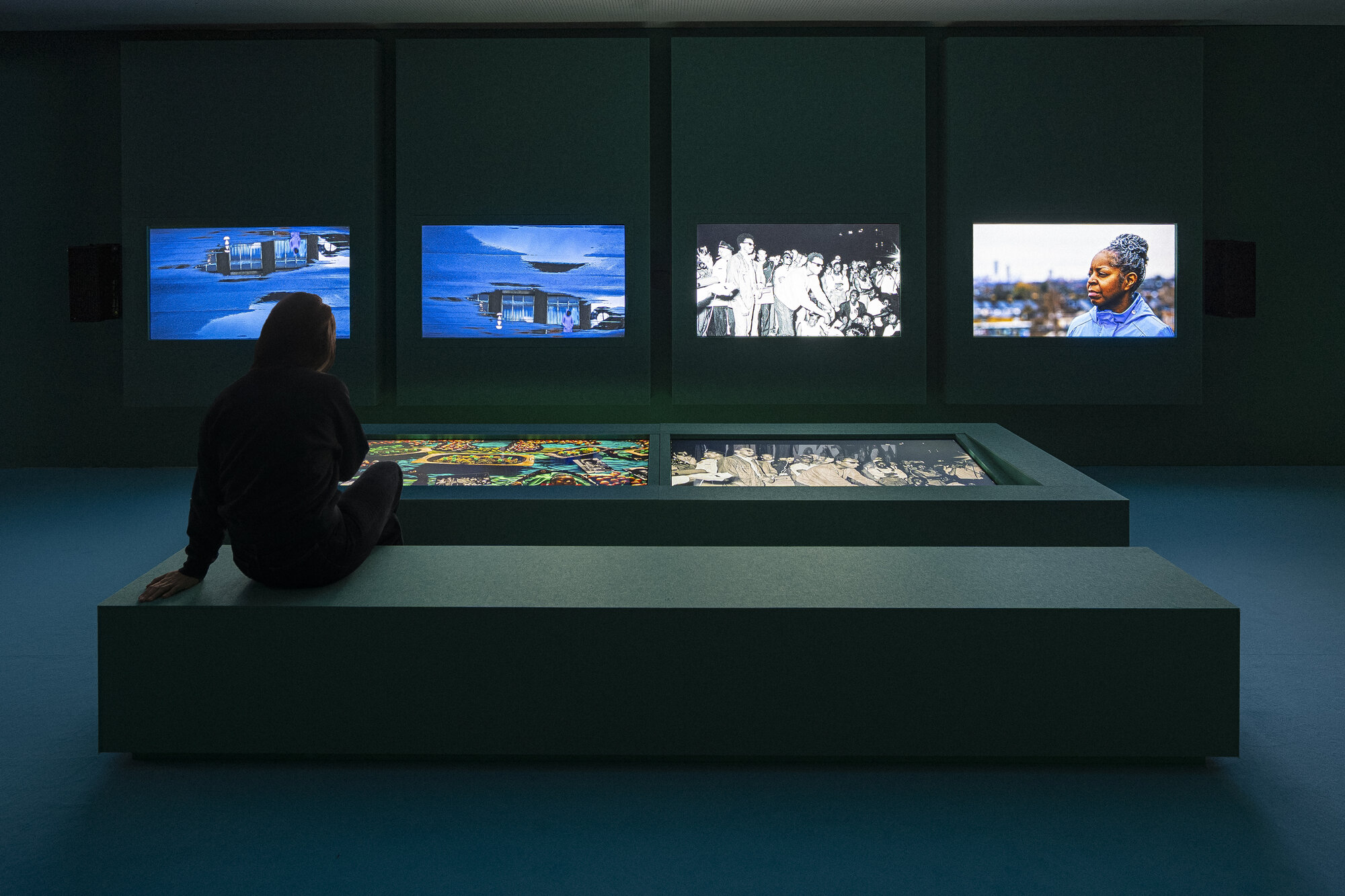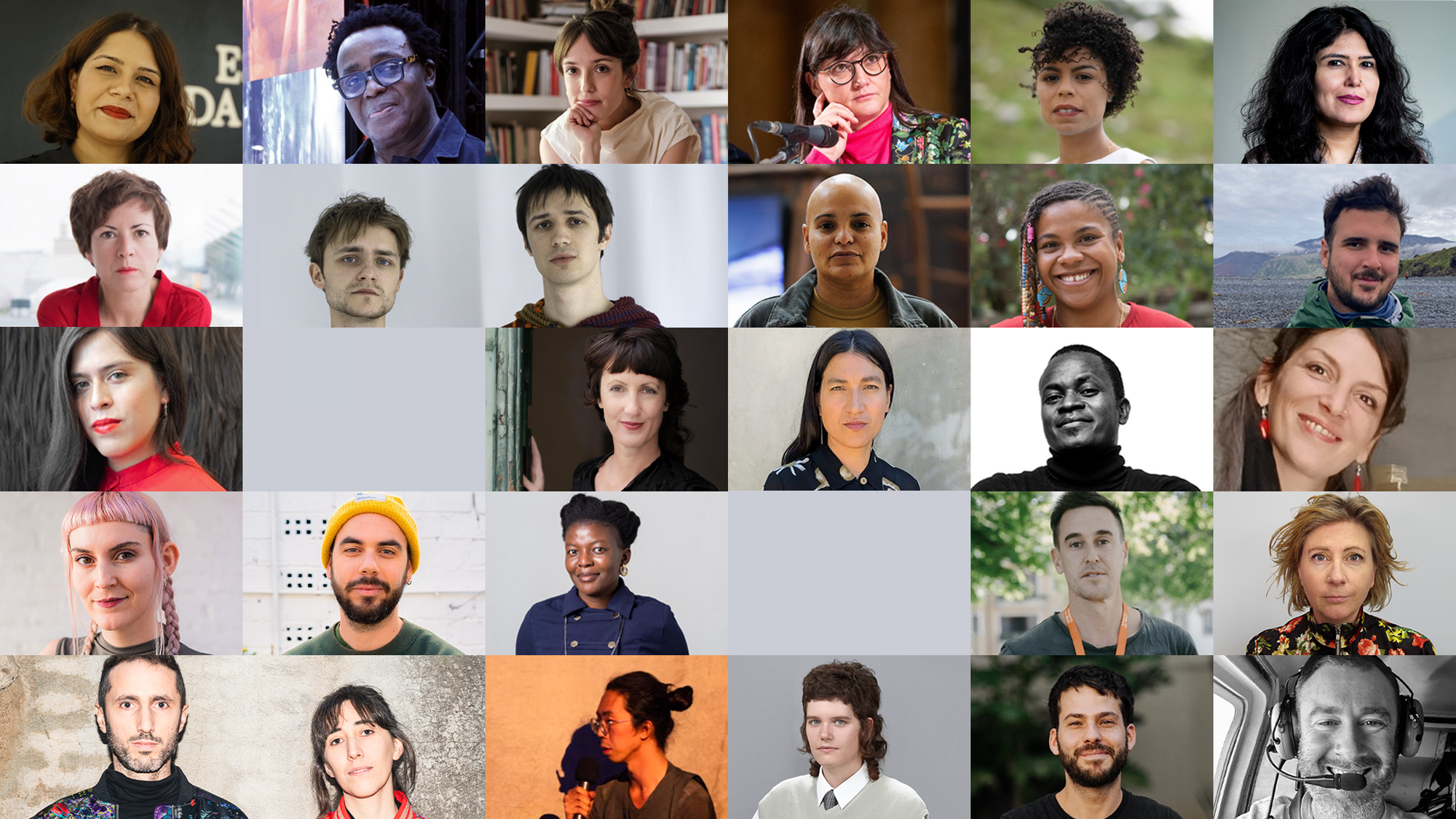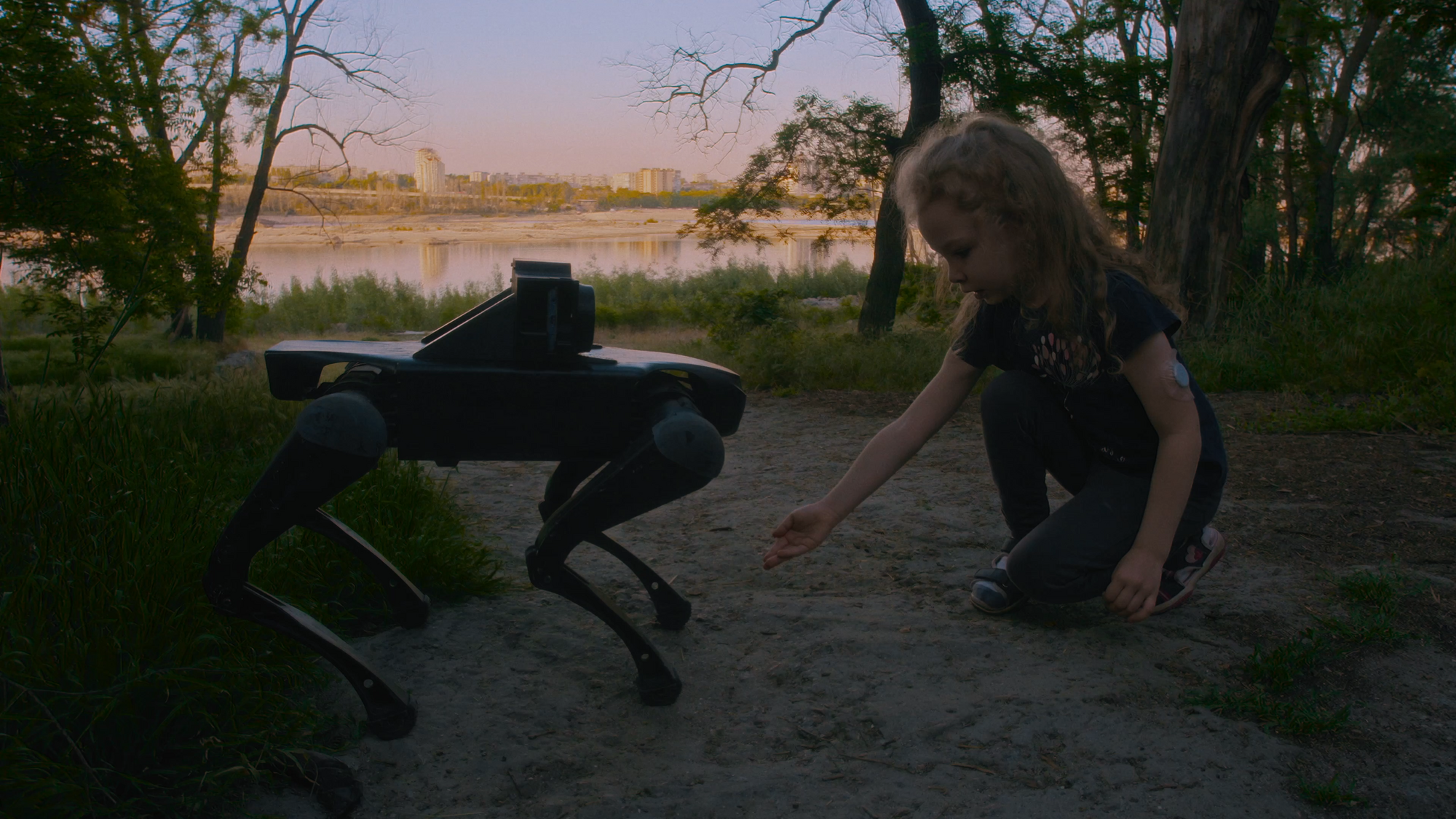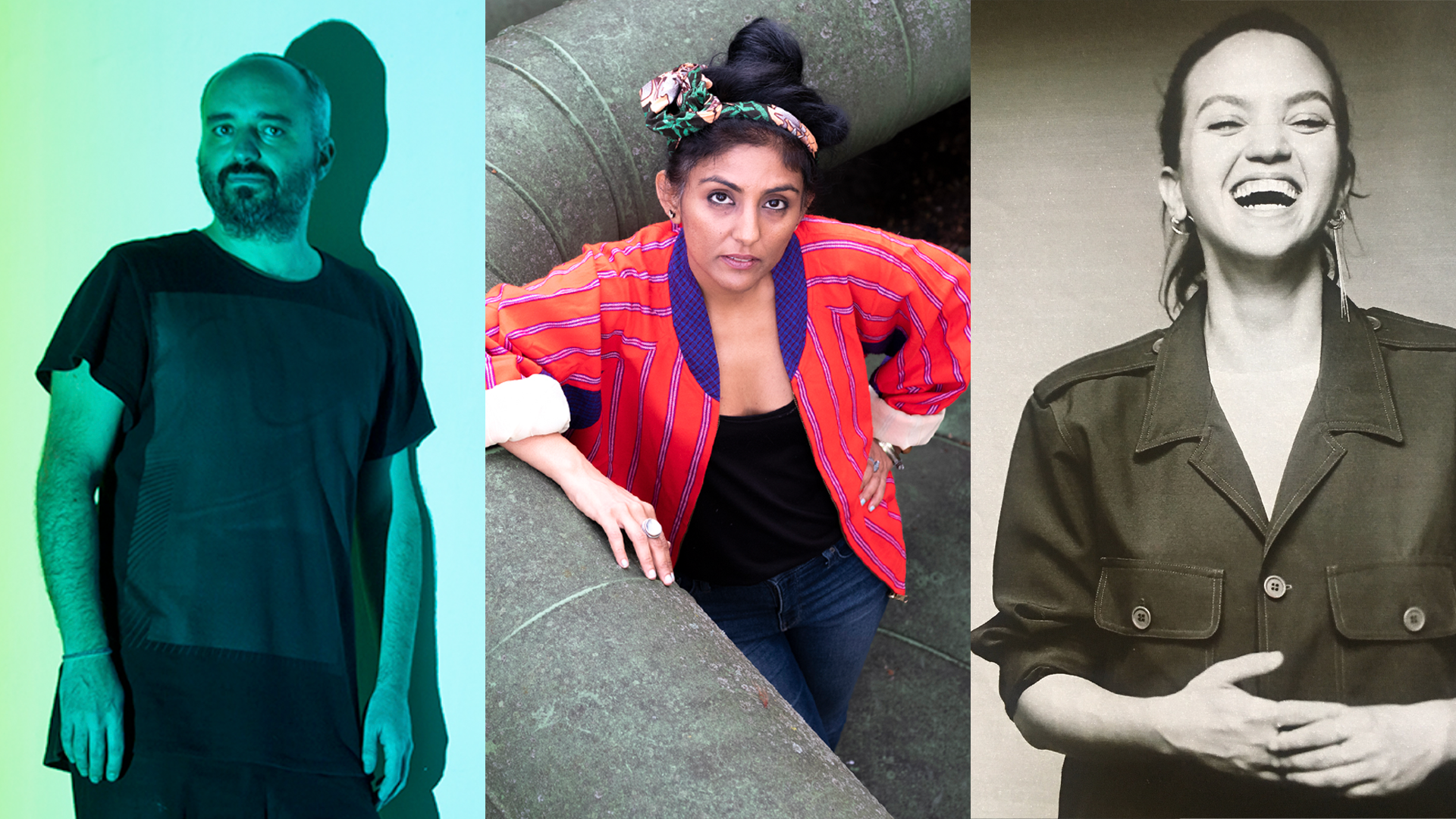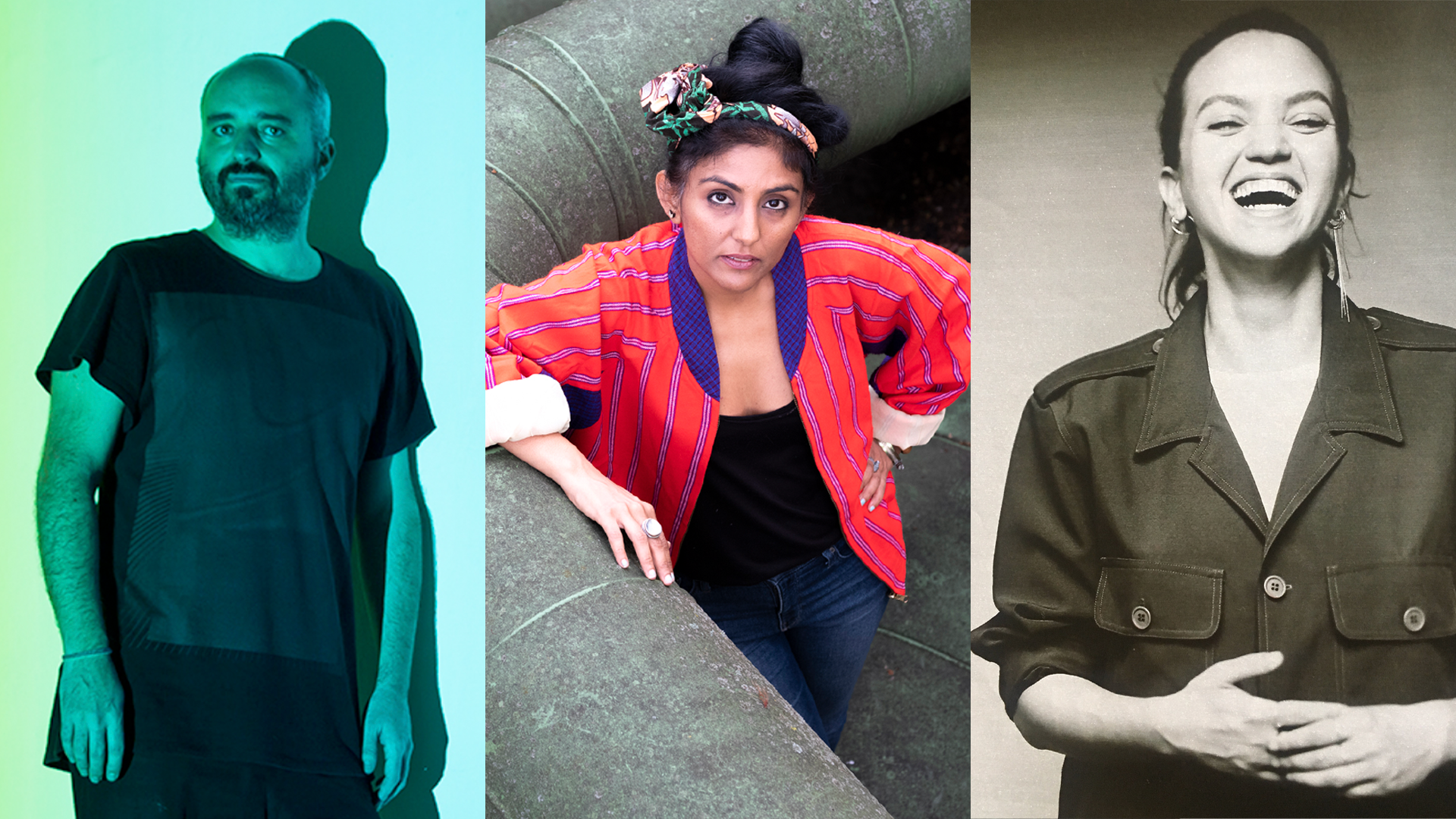The TBA21–Academy Residency Program in Venice is designed to allow an in-depth exploration of the Venice Lagoon's ecologies, connecting a network of local partners and experts with situated artistic inquiry. The residencies are designed to further explore existing research lines within TBA21–Academy's transdisciplinary inquiry.
The residency and commission program aims to:
- Support artists to develop new research-based artwork on the ecology of the Venice Lagoon;
- Advance and contributing to the knowledge production of Venice from the lagoon, its underwater more-than-human beings, and wetland epistemologies through artistic practices in collaboration with scientific and activist groups following the Academy's methodology;
- Implement a multidisciplinary methodology that sustains exchanges across fields of research through an extensive net of institutional and individual collaborators (Ca'Foscari University, CNR-ISMAR, University of Padova, Venice on Board, Venice International University) regarding the regional water challenges in the Veneto region.
In 2024–2025, TBA21 is collaborating with the European Commission initiative STARTS4WATERII, as a Member of the Consortium for the second time, building on our shared dedication to instigating artist-led, and transdisciplinary projects investigating more regenerative ways of coexistence.
The offered residencies focus on the Venice Lagoon, exploring its liminal spaces, metabolisms, multispecies governance tools, and the potential of new technologies for different forms of alliance with its human and more-than-human inhabitants. The residencies are designed to allow an in-depth exploration of the Venice Lagoon’s ecologies, connecting a network of local partners and experts with situated artistic inquiry. Over the course of nine months (September 2024–May 2025), the three selected artists will develop new artistic commissions focused on the lagoon’s ecosystem and its multi-species inhabitants and engage with TBA21's Ocean-Archive.org (including ocean comm/uni/ty and learning initiative OCEAN / UNI). The projects will be presented at the Festival, hosted in June 2025 at TBA21–Academy’s Ocean Space, Venice, as part of the S+T+ARTS4WaterII consortium program.
Lacunae
Carlos Casas
Line of research: investigating liminal spaces through technodiversity
Keywords: liminal spaces, radical futurism, more-than-human underwater ecosystems, investigative aesthetics
Related innovation areas: port infrastructures, eco-social crisis
Spanish filmmaker and visual artist Carlos Casas will be developing a sound project exploring a speculative narrative of the origin of Venice. By capturing the above- and underwater richness of spatial sounds, the project will create an auditory map of the Lagoon, aiming to foster new ways of connecting with neighboring species and environments and illuminating the unexplored benthic zones of the lagoon. Transforming climate data into sound, this project will allow the audience to experience the calls of migrating birds and the sounds of fish, gray shrimp, and mussels, as well as human activity in the ports and their infrastructures.
Carlos Casas (b. 1974, Barcelona, Spain) is a filmmaker and artist whose practice encompasses film, sound and the visual arts. His works have been presented in International exhibitions like Venice Biennale, Shanghai Biennale, Bangkok Biennale, and Istanbul Biennial. His films have been screened and awarded in festivals around the world, like the Venice Film Festival, International Film Festival Rotterdam, Buenos Aires International Film Festival, Mexico International Film Festival, CPH DOX Copenhagen, FID Marseille. Retrospectives of his films have been presented international festivals and cinemateques from Madrid, Mexico to Bruxelles, his work has been exhibited and performed in international art institutions and galleries, such as Tate Modern in London, Fondation Cartier, Palais de Tokyo, Centre Pompidou in Paris, NTU CCA Singapore; Hangar Bicocca and La Triennale in Milan, CCCB Barcelona, Matadero Madrid, Museo Nacional Centro de Arte Reina Sofía Madrid, MAAT Lisbon, Bozar, Kunsten Festival des Arts Bruxelles among others.
Sounding the Invisible: Elegant Symbiosis
Nandita Kumar
Line of research: Metabolisms. Conviviality in the Wetlands of Venice
Keywords: metabolism, reciprocity, conviviality, energy-matter
Related innovation areas: bio-hacking, open-source synthetic alternatives, AI-enhanced food
Multidisciplinary artist Nandita Kumar is proposing an interactive graphical and sound installation entitled Sounding the Invisible: Elegant Symbiosis, based on an experimental archive that collates information on Phytoremediation plants and the varied pollutants broken down by these plants in water bodies. This project leverages technology to translate complex scientific information into accessible multimedia cues, enhancing the audience's understanding and engagement. By sonifying data on pollutants absorbed by Phytoremediation plants, the project invites participants to engage with the complexities of environmental issues. Embracing uncertainty, chance, and the richness of human experience, it embodies creating live encounters where unexpected moments of learning can unfold.
Nandita Kumar (India and New Zealand) “creates” at the intersection of art, sound, environmental science, technology and community engagement. As a system designer, she explores the elemental process through which human beings construct meaning from their experiences, by creating sensory narratives through the usage of data, sound, video/animation and performance, smartphone apps, customized motherboards, and solar/microwave sensors. Kumar’s process envisions a desirable future state for human societies in which living conditions and resource use continue to meet human needs without undermining the "integrity, stability and beauty" of natural biotic systems. Through interactive sound installations and her data-driven artistic experiments, she engages audiences in understanding complex environmental issues. Kumar is a DAAD fellow and has exhibited in Listening Biennale, Mardin Biennale, Ars Electronica, Pompidou, ZKM, Kiasma, KNMA, LACMA, REDCAT, ISEA, Jeu de Paume, Film Archive NY, NTAA, RedCat, Rewire+iii.
The Lagoon's Legislative Theater
Adelita Husni Bey
Line of research: Allied governance. From the Venice Lagoon and its citizens to the ports
Keywords: citizenship, multiple agencies, traditional orders, decentralization
Related innovation areas: governances: rights of nature, rights of more-than-human, rights of animals, future of oceans
Adelita Husni Bey will be exploring the connection between Marghera port, the global flow of capital, and Venice with its residents and more than human inhabitants. Multiple attempts at regenerating and converting the area through pointed investments have continuously stalled, making it an important symbolic microcosm of various, unresolved, intertwined instances of capitalist collapse, an area of capitalist ‘symptomatology’. Husni Bey's project uses Boal’s Legislative Theatre as a form of participatory theater to give rise to ‘legislation from below’ and a video installation engaging the process and themes of the work.
Adelita Husni Bey is an artist and pedagogue invested in anarcho-collectivism, theater, and legal anthropology. She organizes workshops, publications, broadcasts, and exhibition work using non-competitive pedagogical models through the framework of contemporary art. Involving activists, architects, jurists, schoolchildren, spoken-word poets, actors, urbanists, physical therapists, students, and teachers, her work consists of making sites in which to practice collectively. Her work was part of the Italian pavilion at the 57th Venice Biennale, Venice, 2017. She has participated in Care Ecologies, State of Concept, Athens, 2024, Quizá Mañana, XVI edition of the Cuenca Biennial, 2023, New Photography, Museum of Modern Art, New York, 2018; The Eighth Climate, 11th Gwangju Biennale, 2015; Really Useful Knowledge, Reina Sofia Museum, Madrid, 2014. She was a 2020-2022 Vera List Center Fellow with a project centered on the radical changes in social relations brought about by responses to past and current pandemics.
The residencies are organized by TBA21–Academy within the framework of the S+T+ARTS 4WaterII, an initiative of the European Commission, with the support of Konsortium Deutsche Meeresforschung (KDM) and with the collaboration of Ca' Foscari, CNR-ISMAR, ETT, and Venice International University.



























